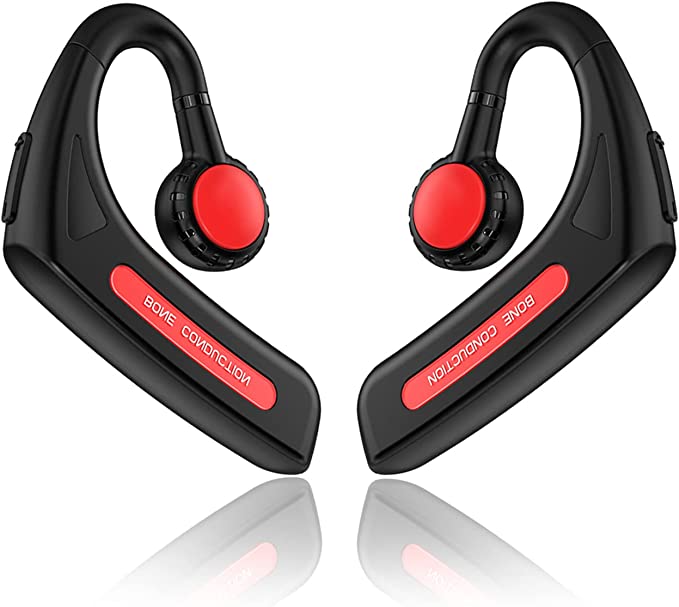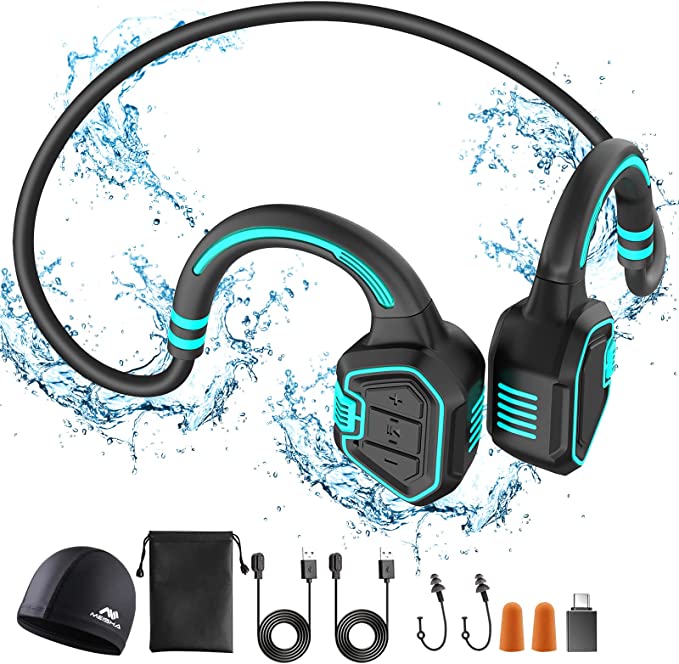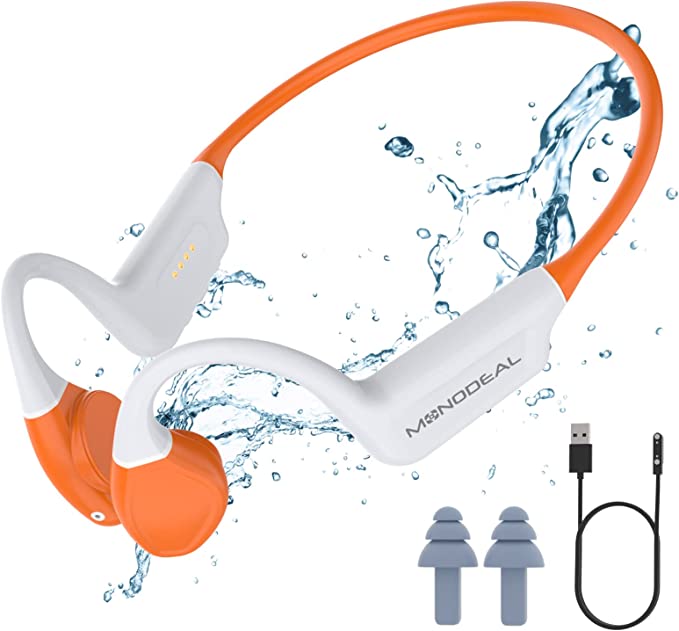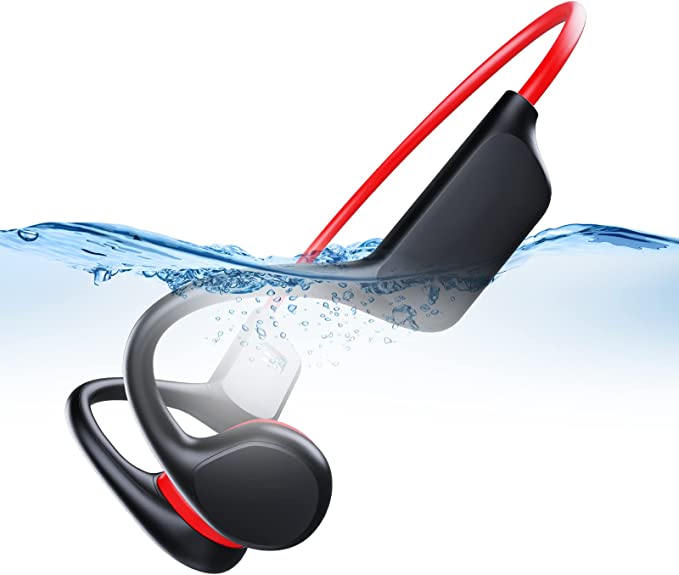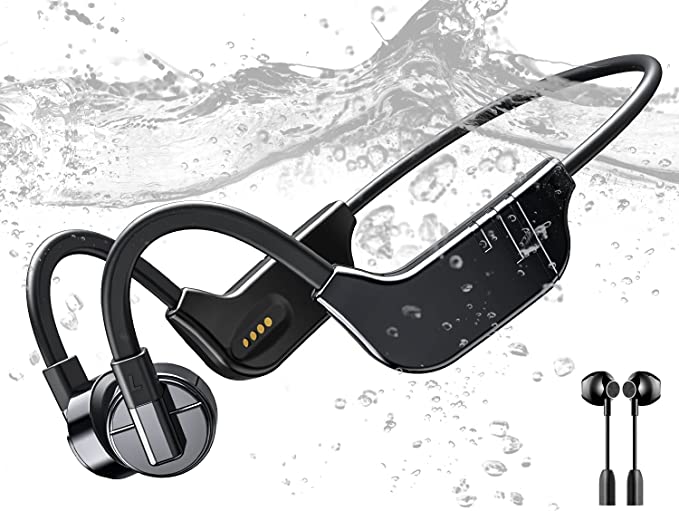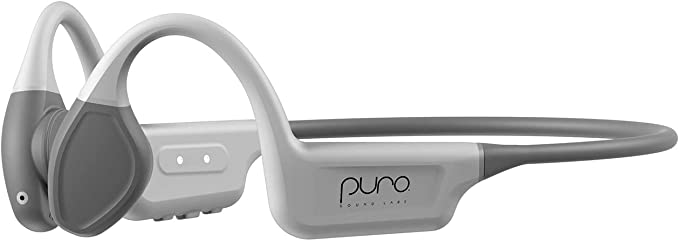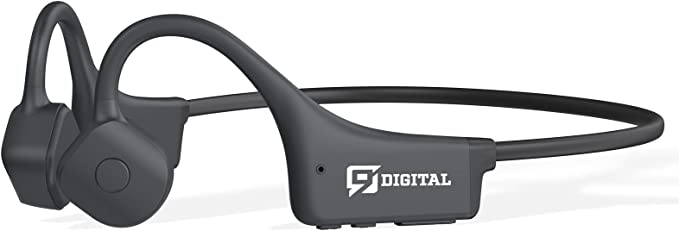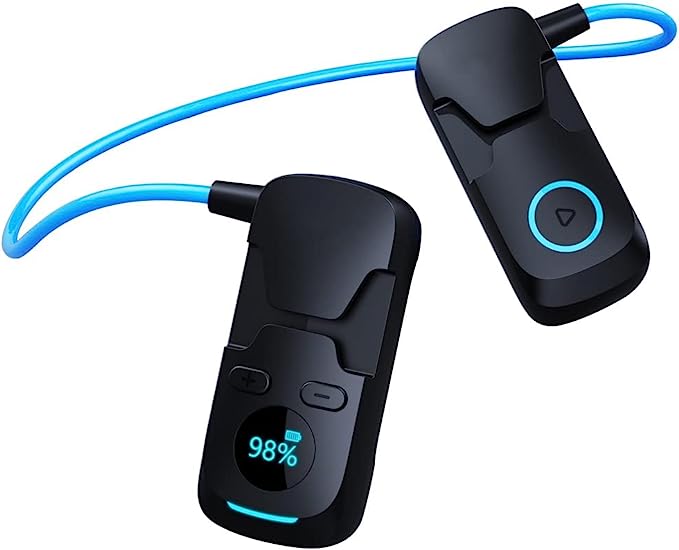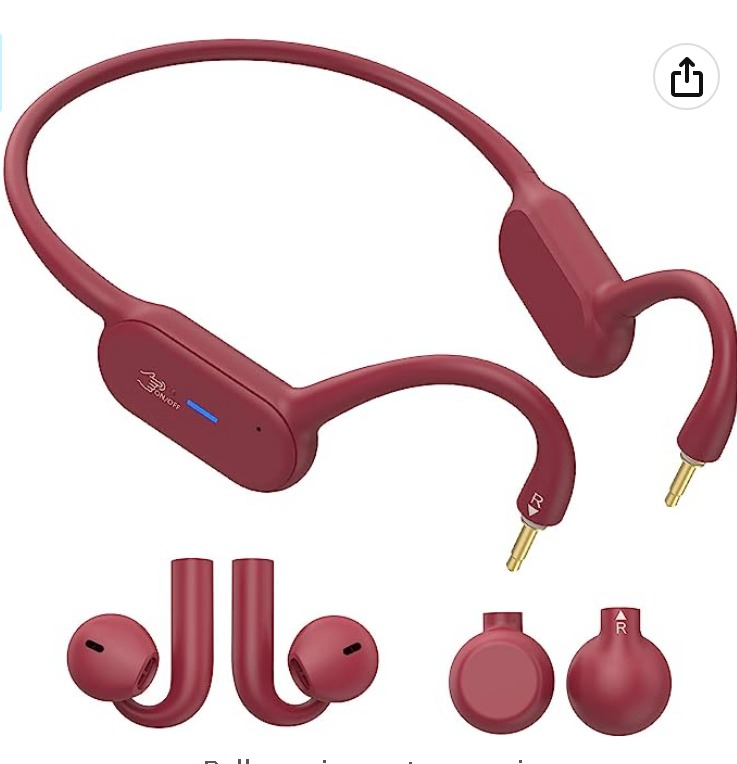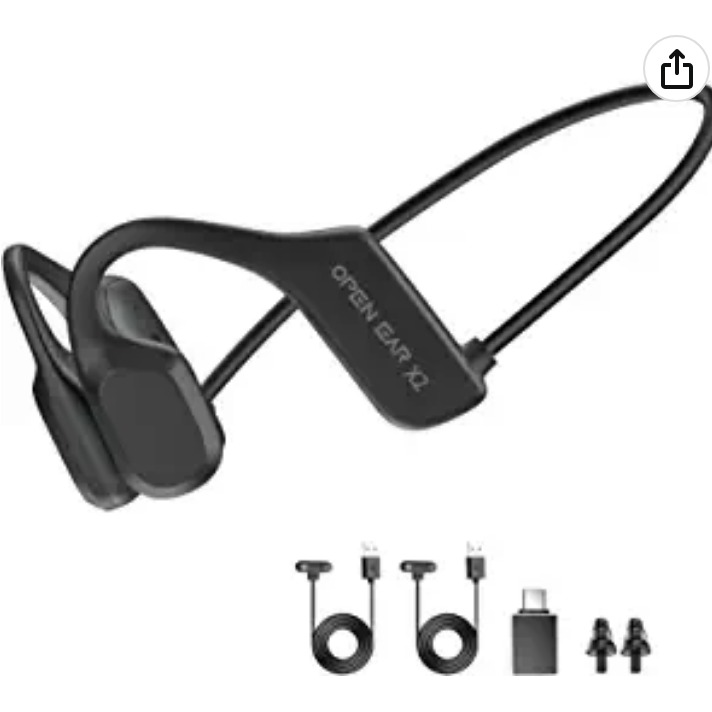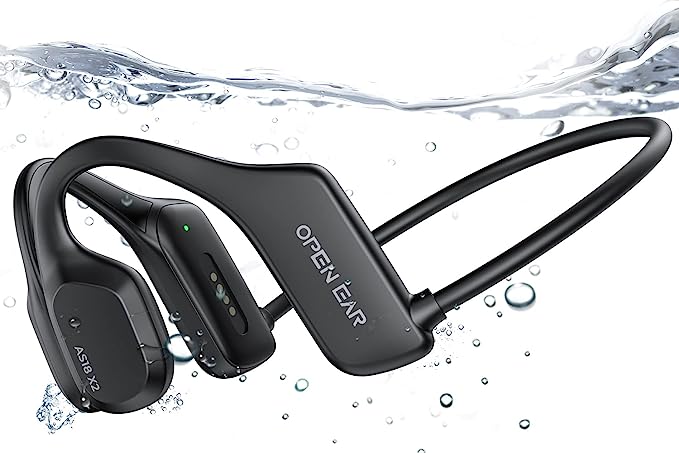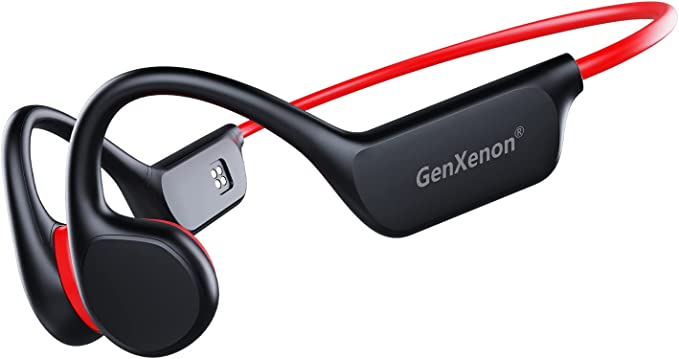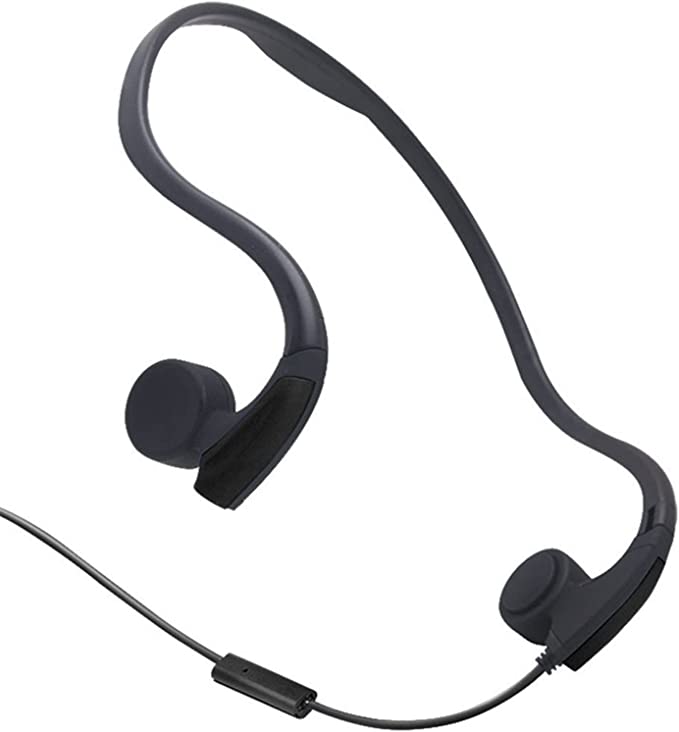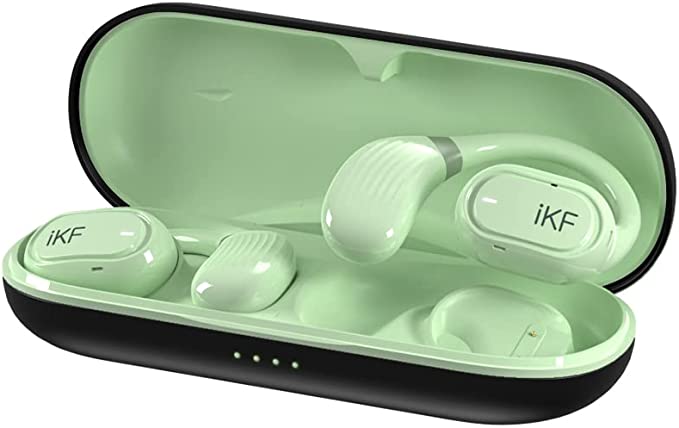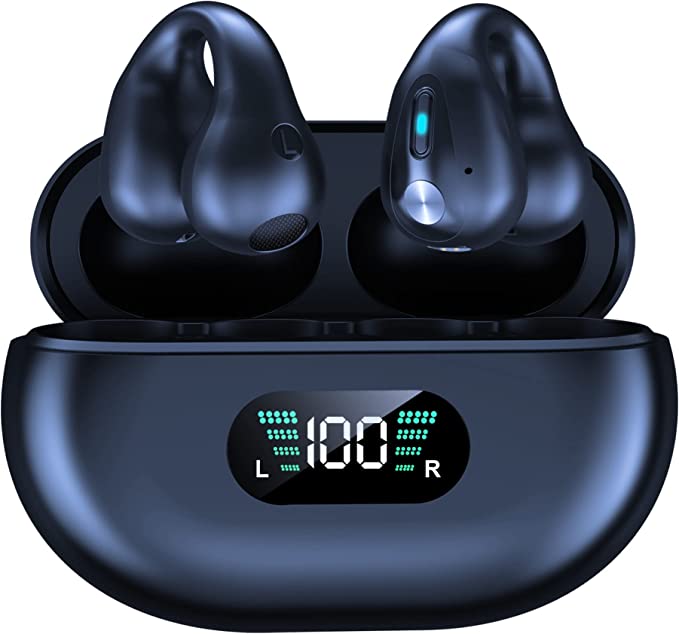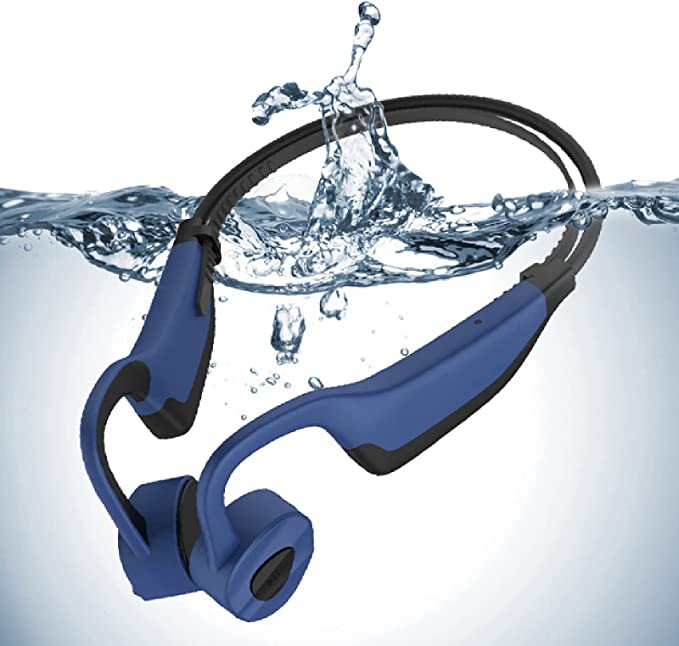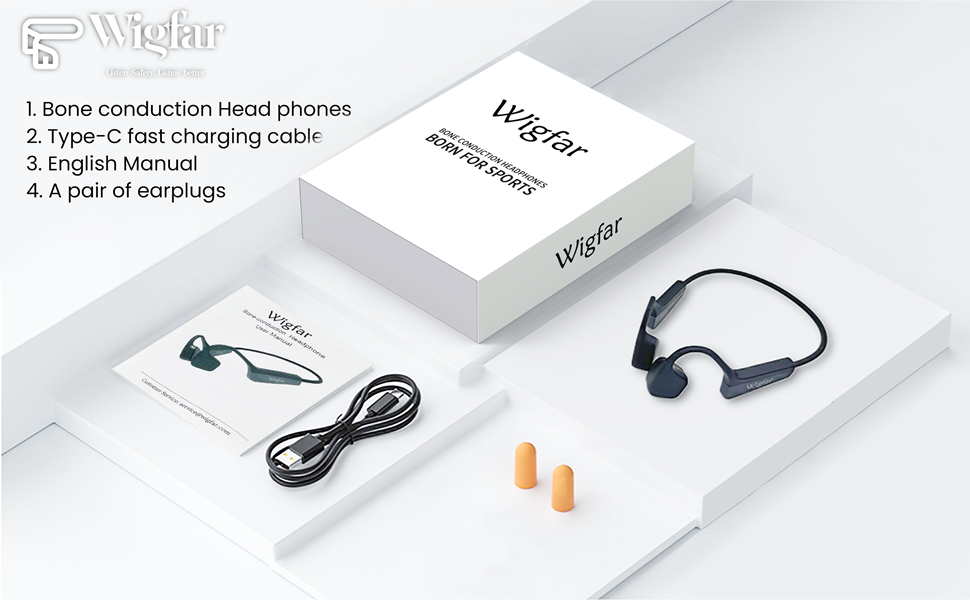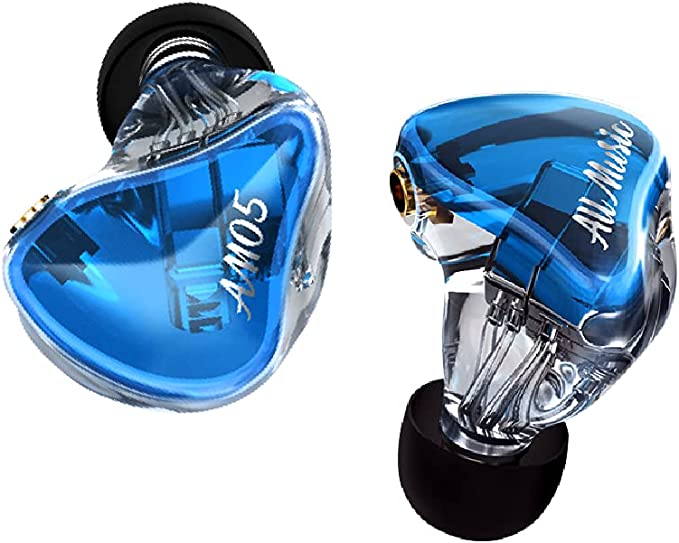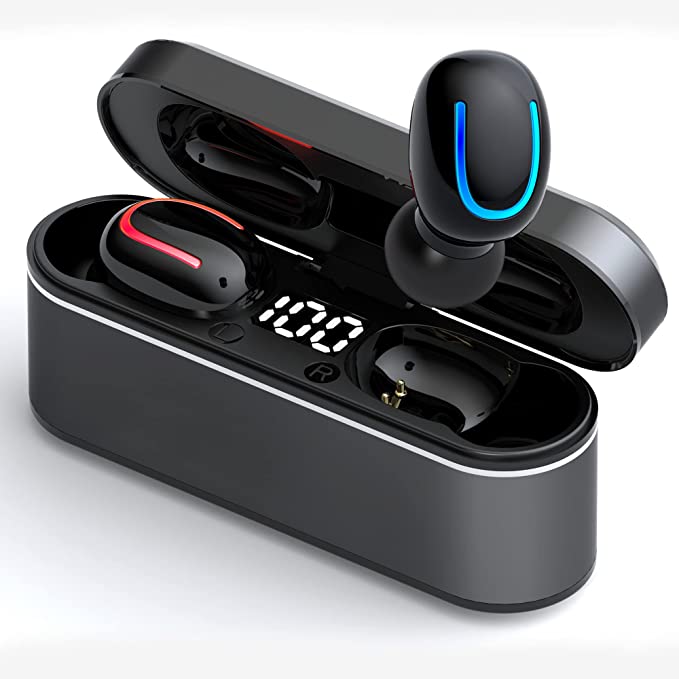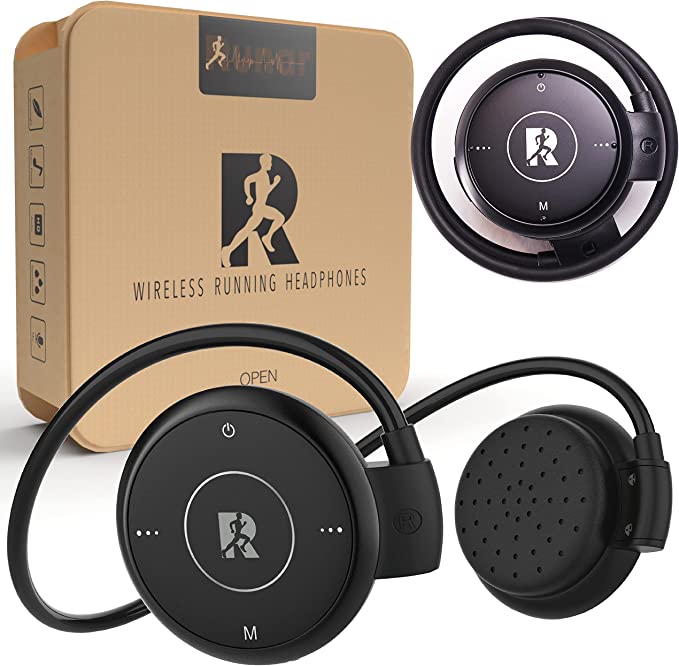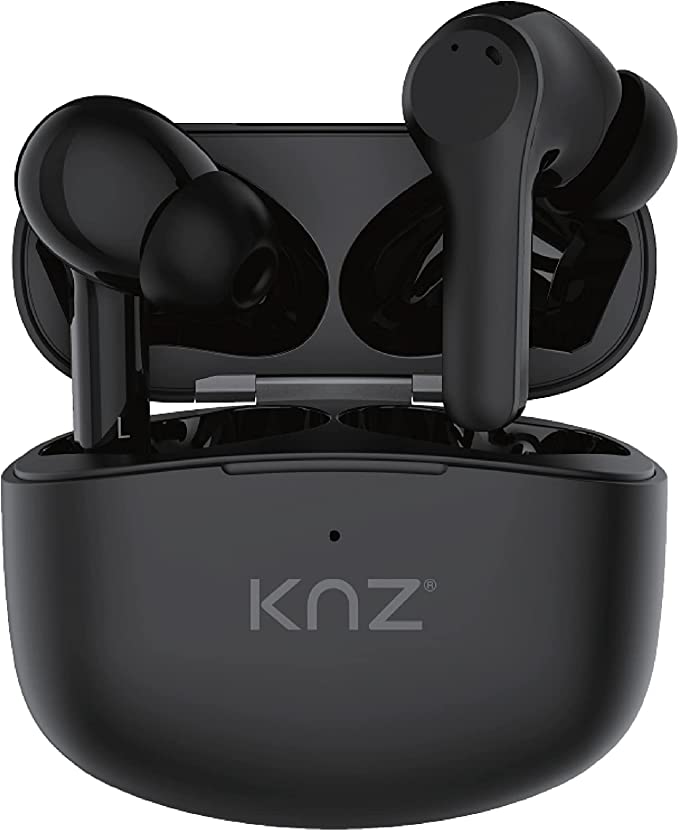The Ultimate Guide to Open-Ear Bone Conduction Headphones: Safety, Stability, and Why Weight Matters
Update on Oct. 30, 2025, 5:14 p.m.
- Title: The Ultimate Guide to Open-Ear Bone Conduction Headphones: Safety, Stability, and Why Weight Matters
- Description: Learn how open-ear bone conduction headphones work for active lifestyles. Deep dive into the comfort of titanium frames, IP55 waterproofing, and essential features for running and cycling.
- Tags: “Bone Conduction Headphones”,”Open-Ear Audio”,”Sports Wireless Earphones”,”Titanium Frame Comfort”,”IP55 Waterproof Headset”,”PURERINA X14”
- 锚定关键词: Bone Conduction Headphones, Open-Ear Headphones, Titanium Memory Metal, Sports Wireless Earphones
```
[优化后的完整文章正文 (英文)]
The Ultimate Guide to Open-Ear Bone Conduction Headphones: Safety, Stability, and Why Weight Matters
Hello, and welcome! If you’re here, you’re probably an active person—a runner, a cyclist, or someone who just can’t afford to be completely tuned out of the world. You’ve hit a wall with traditional earbuds: they fall out, they get soaked with sweat, and most critically, they turn a simple neighborhood jog into a high-risk gamble.
You need music, but you also need to hear the car coming up behind you.
This is where the fascinating technology of Bone Conduction Headphones steps in. For a long time, this was niche, high-tech stuff reserved for military communications or medical devices. Now, it’s been perfected for the consumer market, offering a completely different—and arguably superior—listening experience for your active life. It’s not just a gadget; it’s a philosophical shift in how we consume audio.
Forget what you think you know about earbuds. We’re going to dive deep, and by the end of this guide, you’ll understand the physics, the practical trade-offs, and the essential features you need to look for in a top-tier open-ear device.
Lesson 1: The Physics of Freedom—How Bone Conduction Works
To truly appreciate this technology, you need to understand that your body has a “secret” second pathway for sound.
The standard way we hear—called Air Conduction—is when sound waves travel through the air, into your ear canal, and vibrate the eardrum. It’s effective, but it requires an open canal, and that’s what standard earbuds block.
Bone Conduction, however, is sound’s VIP pass. It uses small transducers that rest against your cheekbones, converting audio signals into miniature vibrations. These vibrations bypass the eardrum entirely and travel directly through the bones of your skull to the cochlea (the inner ear organ).
This simple act of bypassing the ear canal is the key to Open-Ear Audio bliss. Your ear is completely unobstructed, allowing you to simultaneously process:
- Your Soundtrack (via Bone Conduction): Music, podcasts, or a phone call.
- Your Environment (via Air Conduction): Traffic noise, a verbal warning, or the sound of your kids playing.
This immediate, non-negotiable situational awareness is the core reason active users are making the switch. You get your private audio without sacrificing your real-world senses.
Lesson 2: Beyond Safety—The Active Lifestyle Trifecta
While safety is the primary marketing pitch, I want to talk to you about the real reason dedicated athletes stick with open-ear headphones: The Trifecta of Practical Performance: Stability, Comfort, and Durability.
If a headset falls off during a sprint, gives you a headache after an hour, or shorts out in the rain, no amount of safety can save it. This is where the engineering of devices like the PURERINA X14 Flagship Bone Conduction Headphones truly shines.
The Unsung Hero: The Titanium Memory Metal Frame
When you’re buying an open-ear headset, the frame is just as important as the speaker element. It’s the antenna that transmits the sound and the skeleton that holds the fit.
- Stability: The X14, for instance, utilizes a titanium memory metal frame. Titanium is the choice of aerospace engineers for its incredible strength-to-weight ratio. The “memory” aspect means it has a bending recovery effect, providing a gentle but constant clamping force. It holds its shape—and your head—securely, ensuring the transducers remain in optimal contact with your cheekbones, even when you’re leaning into a turn on your bike or enduring the last mile of a marathon.
- Zero-Pressure Comfort: This level of stability is useless if it’s too heavy. The X14 weighs just 30 grams (0.07 pounds). Think about that: a featherlight frame with the rigidity of titanium. This is a crucial number. Below 35 grams, the headset becomes virtually unnoticeable, a necessity for comfortable long-term wear (up to the 6 hours of continuous playback its battery supports). The silicone pads on both sides further minimize contact stress.

The titanium frame and lightweight design of the PURERINA X14 provide the necessary stability and all-day comfort for active users.
Durability Decoded: Understanding IP Ratings
For sports electronics, the marketing term “sweat-resistant” is not enough. You need the technical spec: the IP (International Protection) Rating.
The PURERINA X14 is officially certified IP55 waterproof. Let me decode this for you like a mentor:
- The first ‘5’ (for solid objects): It means the device is “dust protected.” Enough dust cannot get in to interfere with its operation. Perfect for dusty trails or construction sites.
- The second ‘5’ (for liquids): It means the device is protected against low-pressure water jets from any direction. This is your confidence against heavy sweat, accidental splashes, and getting caught in a downpour.
(Note: While some materials might mention IPX6, the more commonly cited IP55 rating confirms robust protection against the real-world moisture a sports headset faces.)

The bone conduction transducers deliver clear audio through the cheekbones, keeping the ear canals open for maximum situational awareness during outdoor activities.
Lesson 3: Managing Expectations—The Audio Trade-Off
Now, let’s talk about the sound. If you’re switching from high-end noise-canceling earbuds, you need to manage your expectations on one specific area: Bass.
This is not a flaw in the technology; it’s a consequence of physics. Deep, thumping bass requires substantial changes in air pressure within a sealed chamber—which is exactly what bone conduction avoids.
- What you sacrifice: That deep, resonant rumble of an EDM track will be noticeably less intense than what you’re used to.
- What you gain: Bone conduction excels at mid- and high-range frequencies. This means speech, phone calls, and the crisp details of music are exceptionally clear. The technology is perfectly tuned for podcasts, audiobooks, and vocal-heavy music, making it ideal for the active listener.
At peak volume, some users report a faint “tickle” or vibration feeling on the cheekbones. This is simply the raw physical energy of the sound transducers at work. It’s a clear, tangible reminder that you are literally feeling your music, a unique characteristic of this tech. If this occurs, slightly lowering the volume is the quick fix.
Lesson 4: Essential Tech Specs for Seamless Integration
The best physical design is only as good as the technology powering it. Modern bone conduction devices must meet specific standards for connectivity and power.
Connectivity & Control
- Bluetooth 5.2: This is the current standard for sports audio. The advanced Bluetooth 5.2 chip ensures instant pairing and a stable, fast transmission without the annoying dropouts or lag that plagued older wireless headphones. This stability is critical when your phone is bouncing around in a pocket or backpack.
- Practical Battery Life: The X14’s 230mAh lithium battery delivers up to 6 hours of continuous music and calls on a single 2-hour charge, with a standby time of up to 240 hours. For most daily workouts, commuting, or a single long hike, this is more than sufficient.
- A Helpful Tip (Troubleshooting): Bone conduction headphones are often multilingual. The PURERINA X14, for example, has a simple, non-intuitive language switch: Do not connect to Bluetooth after powering on, and click the “+” button four times in a row. Knowing these simple settings guides will save you frustration.

A critical component for active use is the IP55 water and dust resistance, ensuring the headset withstands sweat and rain without failure.
Fine-Tuning the Fit
While the titanium frame provides excellent general stability, sometimes a customized fit is required, especially for users with smaller heads or who wear thick winter hats. The inclusion of adjustment straps with the PURERINA X14 is a simple, low-tech solution to ensure the headset maintains its ideal pressure and position against the cheekbones, further solidifying its position as a reliable sports companion.

Featuring Bluetooth 5.2, the X14 provides a stable and fast connection, essential for uninterrupted audio streaming during high-intensity activities.
Conclusion: Integration Over Isolation
For the last twenty years, we’ve been told that the best audio experience requires complete isolation—Noise Cancellation became the gold standard.
Bone conduction headphones represent the opposite end of that spectrum. They are for the user who values integration with their environment. They fulfill the simple, profound need to layer your private soundtrack onto reality without sacrificing awareness.
Whether you’re exploring a new running route or managing a hectic schedule, choosing an open-ear bone conduction device means you are actively choosing safety, uncompromised comfort from a lightweight, titanium design, and a stable, durable companion for your active lifestyle.
It’s an invitation to listen to your music and the world, all at once.

The long battery life, offering up to 6 hours of continuous use, ensures the headphones can keep up with long training sessions and workdays.
